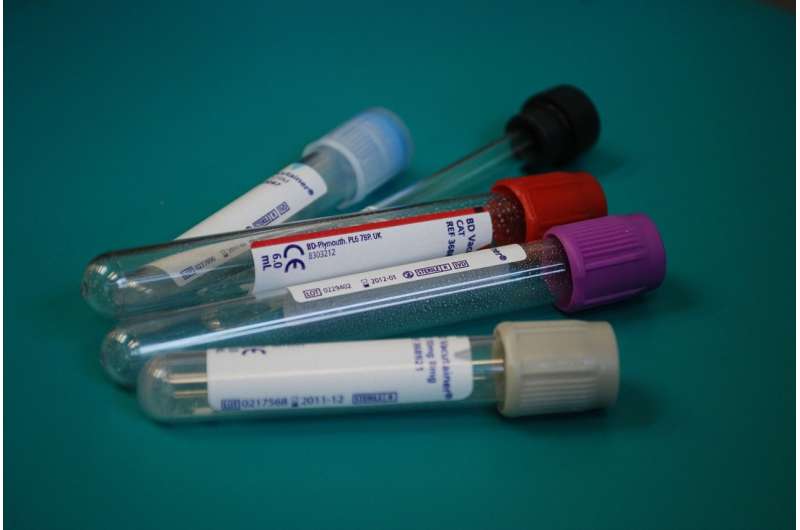Credit: CC0 Public Domain
A change in evidence-based guidelines for vasectomy may have led to a reduction in the number of follow-up tests to confirm the procedure was successful, reports a study in Urology Practice, an Official Journal of the American Urological Association (AUA).
Originally published in 2012, and then updated in 2015, the AUA clinical guideline could significantly reduce the number of men undergoing multiple postvasectomy semen analyses (PVSAs) to confirm it's safe to stop using other methods of birth control, according to new research by Tony Chen, MD, of University of Washington, Seattle, and colleagues. Dr. Chen comments: "Our study of nearly 90,000 patients strongly suggests that men underwent fewer repeat PVSAs after the guideline update, potentially avoiding many unnecessary tests and reducing costs."
One-third reduction in repeat testing after vasectomy
Vasectomy is a safe and highly effective method of permanent contraception in men, performed about 500,000 times per year in the United States. Follow-up PVSA tests, done two to four months after the procedure, are recommended to confirm that vasectomy was successful. Previous standard of practice called for two consecutive PVSAs showing no measurable sperm count (azoospermia).
However, there were concerns this previous practice may have been inconvenient for patients while leading to increased costs. Meanwhile, new evidence suggested that less-stringent criteria might be just as effective in confirming the success of vasectomy. The 2012 AUA guidelines called for just one PVSA showing no or only rare, nonmoving (nonmotile) sperm.
Dr. Chen and colleagues used a national insurance claims database to analyze more than 87,000 men who underwent vasectomy and had at least one claim for follow-up PVSA between 2007 and 2015. Data from before and after the 2012 AUA guideline update were used to see if the new recommendation coincided with a reduced number of PVSAs performed.
The percentage of men undergoing repeat PVSAs decreased after the guideline update: from 39 percent in 2007-12 to 31 percent in 2013-15. After adjustment for other factors, the percentage of vasectomy patients undergoing repeat PVSA decreased by about one-third (odds ratio 0.68).
There was also a small, but significant reduction in the percentage of men undergoing three or more PVSAs (odds ratio 0.82). Men who had only one PVSA had longer average times to the first follow-up test. That was consistent with an AUA recommendation to wait within a range of 8 to 16 weeks before the first PVSA.
Dr. Chen and colleagues note some important limitations of their study. Many urologists 'bundle' the vasectomy procedure and follow-up testing, meaning there's no new insurance claim when PVSA is performed. Nearly 80 percent of vasectomy patients in the database had no separate claims for PVSA.
"Although we can't prove that the reduction in repeat PVSAs resulted directly from the new guidelines, the results are strongly suggestive that they had an impact," Dr. Chen adds. "If the one-third reduction we found is correct and applicable to the male population at large, that will mean a significant reduction in costs and inconvenience related to follow-up testing for the many thousands of men who undergo vasectomy each year." The researchers call for further studies "to improve adherence to clinical guidelines and optimize value for this commonly performed procedure."
More information: Tony Chen et al. Association of the 2012 American Urological Association Vasectomy Guidelines with National Trends in Vasectomy Followup in the United States, Urology Practice (2021). DOI: 10.1097/UPJ.0000000000000196
Provided by Wolters Kluwer Health























